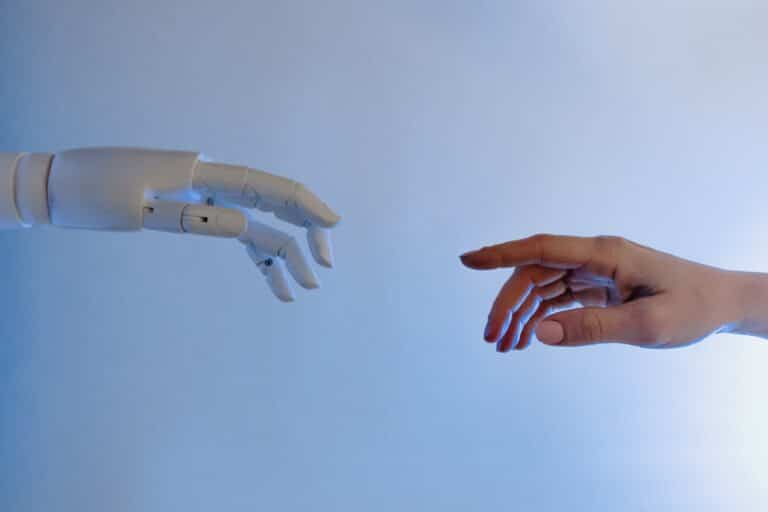Artificial intelligence has revolutionized the translation industry. AI-assisted translation tools, such as translation memories and speech recognition systems, have facilitated access to lesser-used languages and promoted a translation process that encompasses ever-larger volumes of text with surprising accuracy, naturalness and consistency in its output.
At the same time, AI poses challenges because it is not yet capable of translating while interpreting the context and cultural nuances of each society. It also involves ethical considerations about the handling of data that may be confidential or sensitive.
Although translation continues to evolve along with new technologies, human expertise and creativity remain indispensable to ensure accurate, culturally appropriate and engaging translations. The emergence of new translation jobs highlights the need for a mix of human and machine labor to ensure quality output.
New opportunities as a translator
Although entrepreneurs and technology experts expressed their fears about the negative consequences that AI could have on humanity, especially after the exponential growth of Chat GPT, the reality is that in the field of translation it has created new job opportunities. It is now common for agencies to consult professionals to learn about their experience working with these new technologies, which they consider an ally.
1. Machine translation post-editor
Machine translation systems use sophisticated algorithms and neural networks to translate texts automatically, but often produce imperfect results. The role of a machine translation post-editor is to review and edit machine-translated content, ensuring accuracy, fluency and compliance with industry-specific terminology or client preferences.
Post-editors also have the crucial task of maintaining the meaning and tone of the original text, while improving readability and naturalness. This job combines linguistic skills with the ability to understand and work with AI systems effectively.
2. Data specialist and AI trainer
AI-based translation systems rely heavily on large amounts of multilingual data to improve their performance and accuracy. Data specialists and AI trainers play a key role in collecting and managing these data sets to effectively train AI models.
Data specialists collect, clean and organize language-specific data from a variety of sources, ensuring the availability of high-quality training material for AI systems. They also collaborate with linguistic experts to create glossaries, style guides and translation memories, which contribute to the overall understanding and accuracy of the system.
AI trainers, meanwhile, work closely with development teams to fine-tune and optimize AI models. They analyze and evaluate the results generated by the system, identify areas for improvement and update the training data accordingly. This iterative process of training and refining AI models helps improve translation quality over time.
3. Creative translator and localization specialist
AI-based translation systems often struggle with creative content and cultural nuances. This has given rise to new translation work that involves adapting and adjusting translations to specific target markets.
Creative translators and localization specialists collaborate with content creators, marketers and companies and are responsible for conveying the original message accurately, taking into account cultural sensitivities, idiomatic expressions and local preferences.



